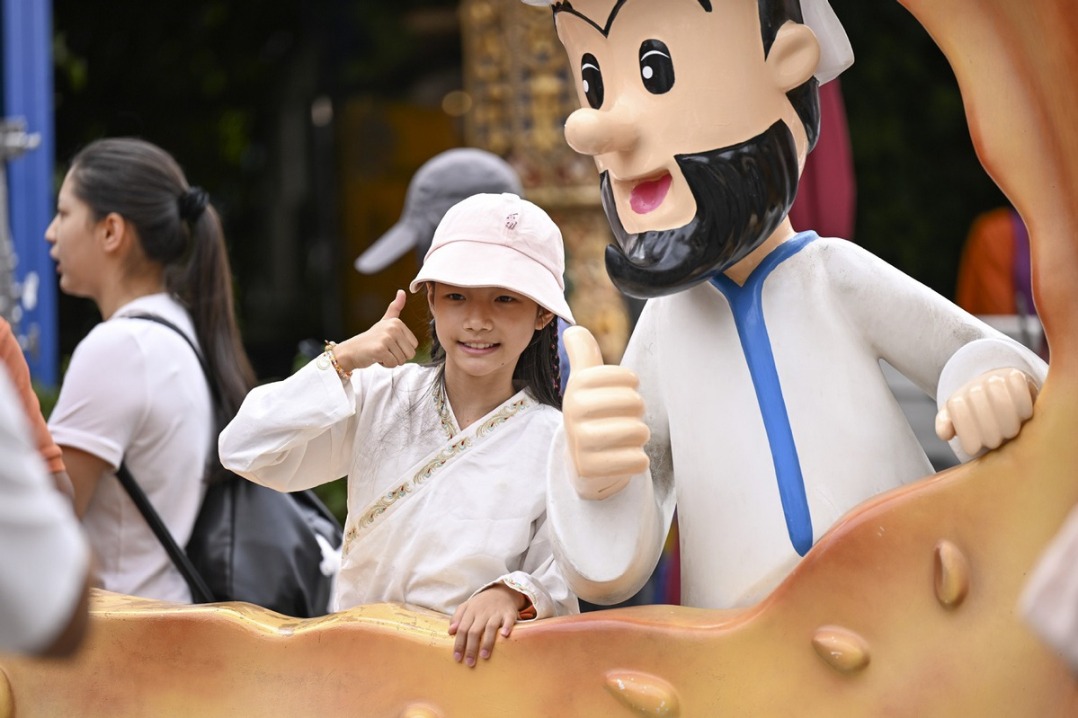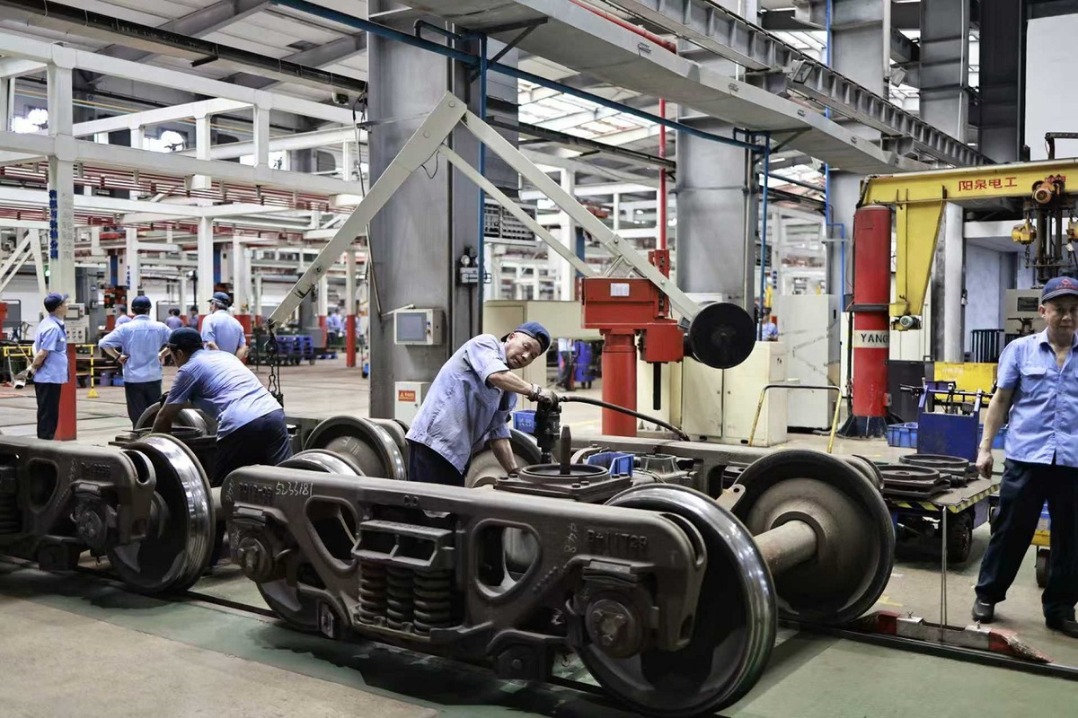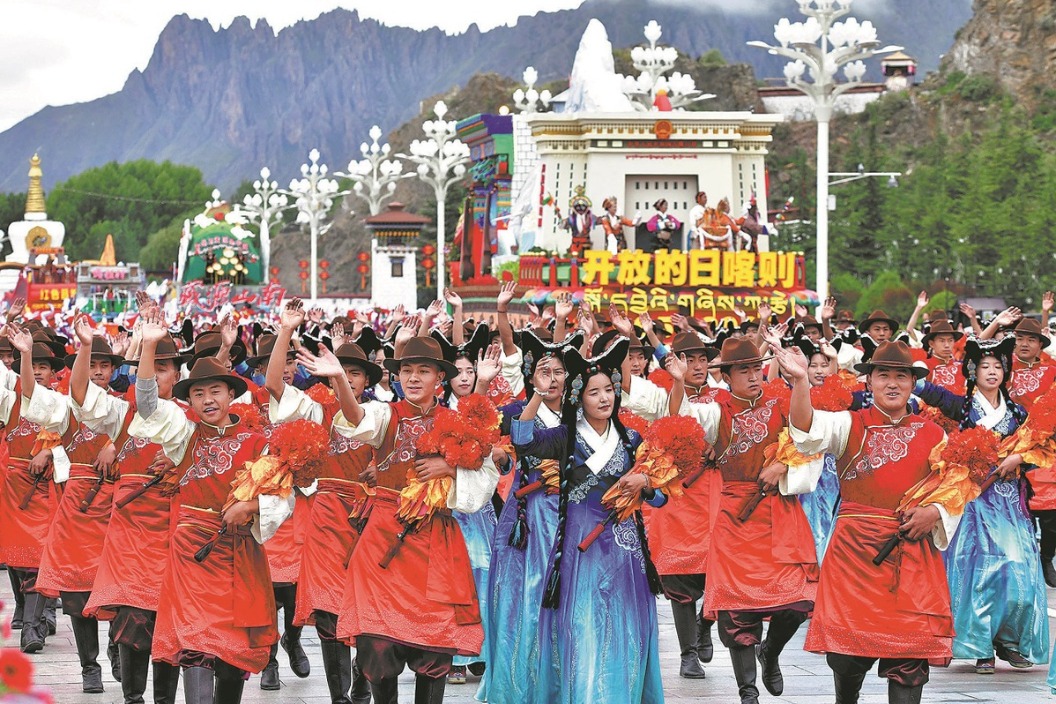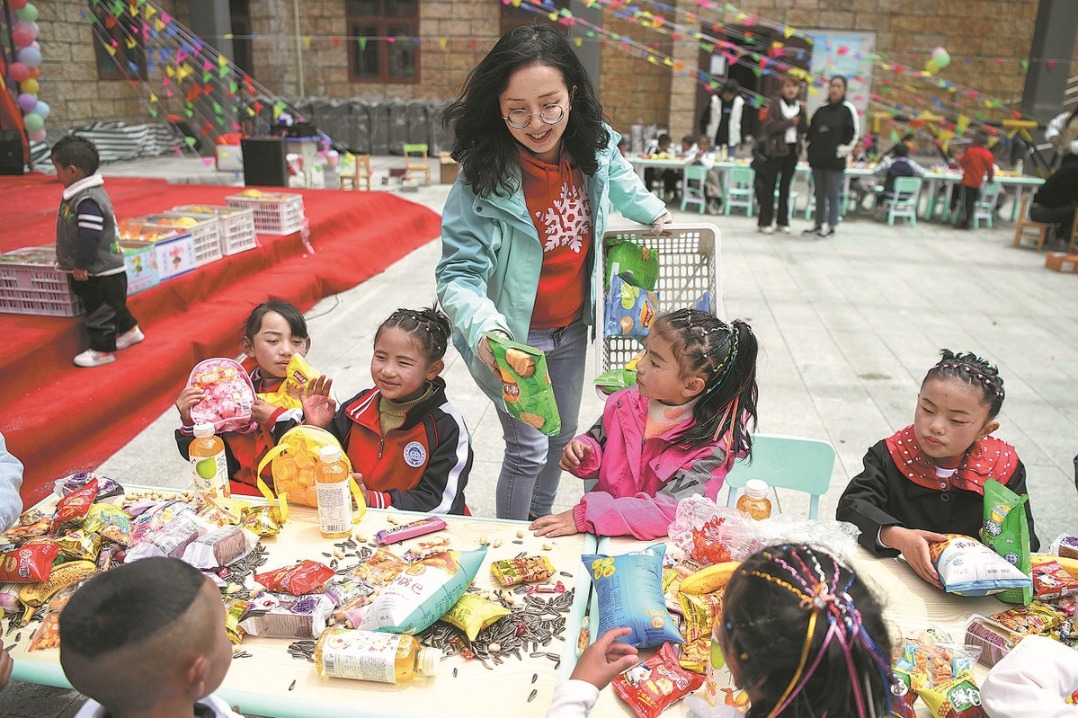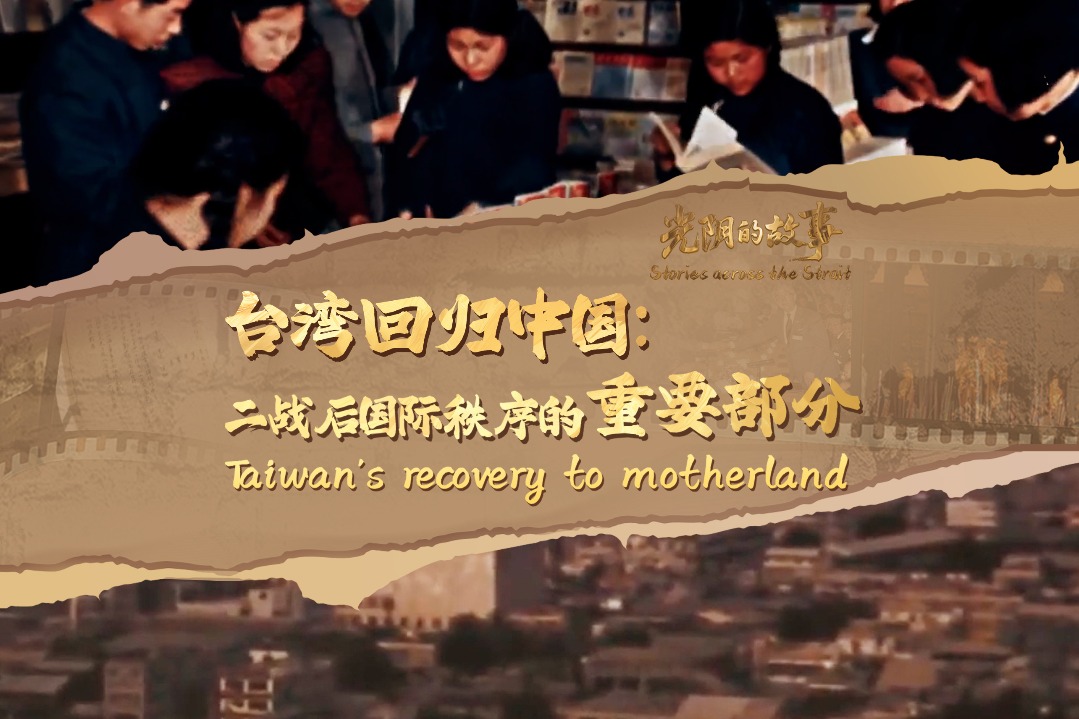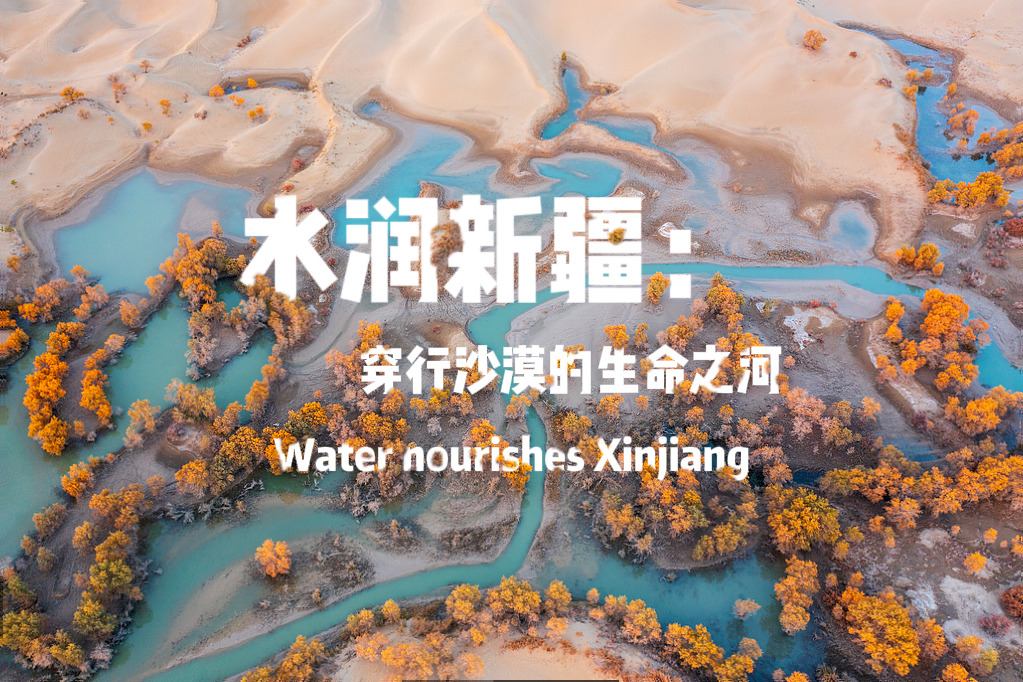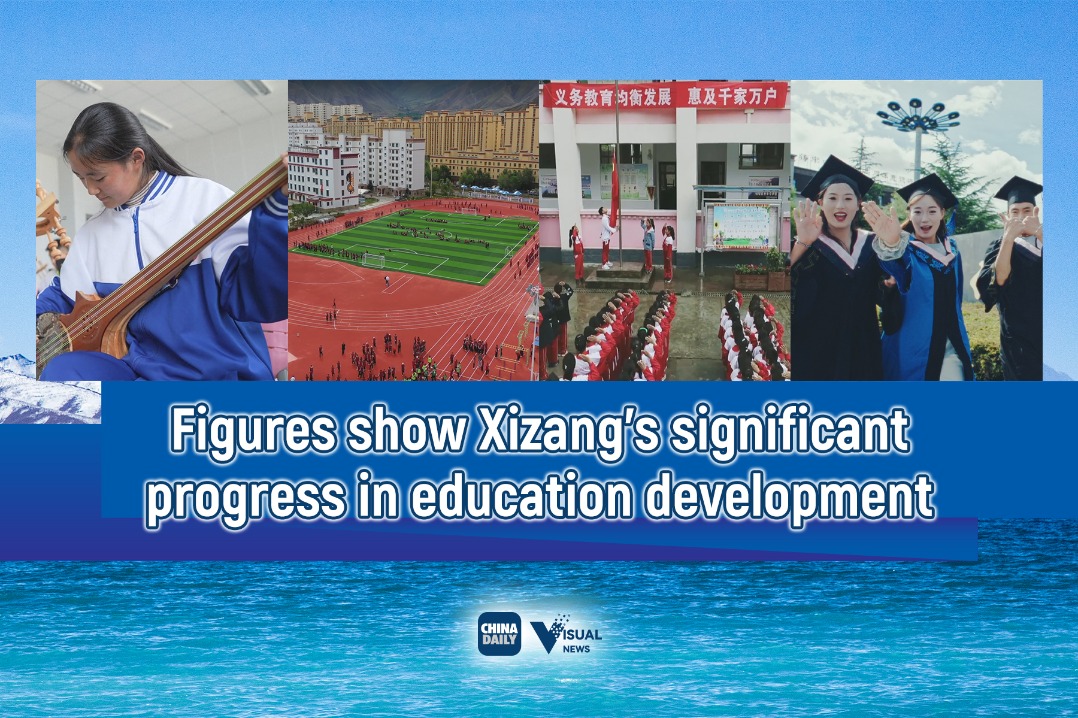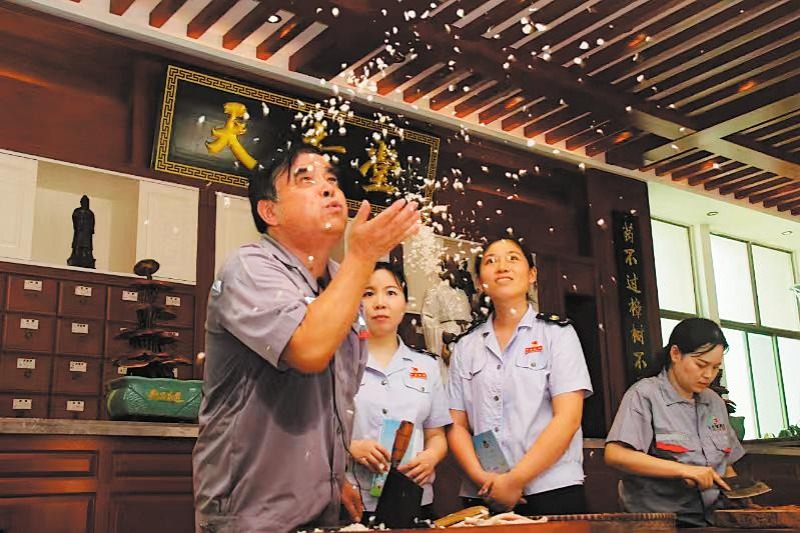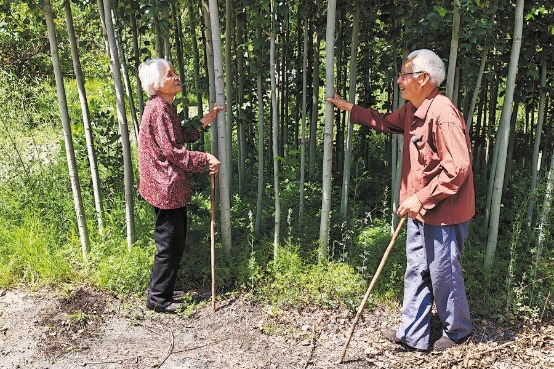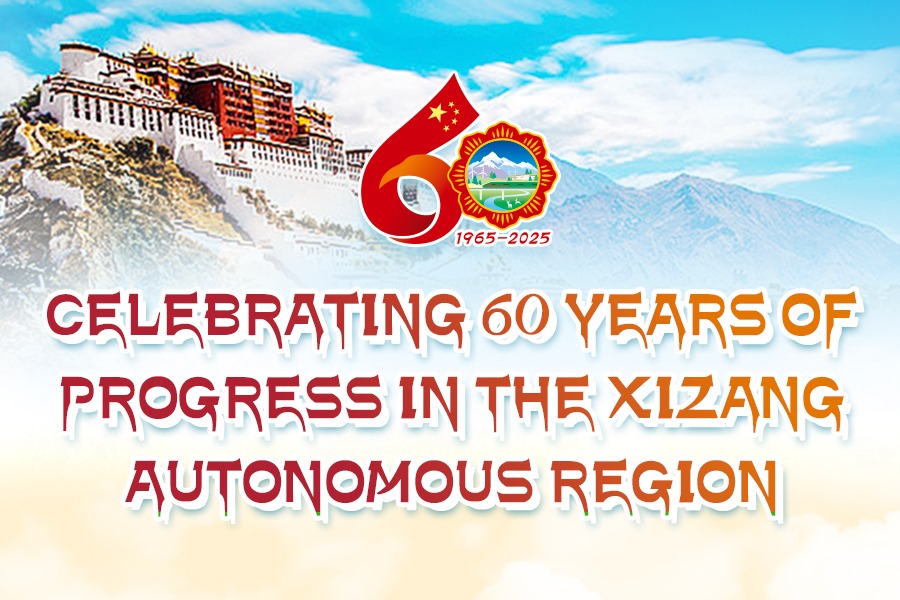AI vs human farmers: China's smart agriculture competition enters round 2

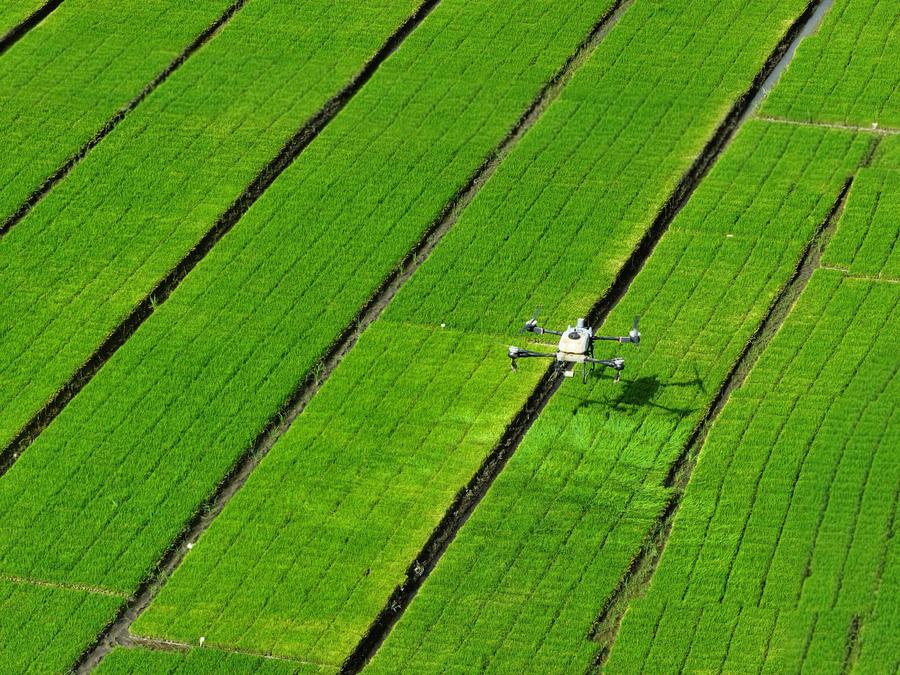
CHENGDU -- Under the golden June sun, emerald rice paddies ripple across the "Tianfu granary" core demonstration zone in Chongzhou, Southwest China's Sichuan province, where a high-stakes agricultural experiment unfolds.
As the second AI rice cultivation challenge goes on for three weeks, organizers find they constantly encounter a pivotal question: can machine learning outperform centuries of farming wisdom?
The competition, running from May 15 to Sept 30, pits six human farming teams against four AI-assisted groups across 1,000 mu (or 66.7 hectares) of prime Sichuan farmland. This modern-day duel between tradition and technology offers a window into China's quest for smart agriculture.
In fields dotted with multispectral sensors and solar-powered monitoring poles, the AI teams employ a "sky-ground-space" data network developed by the Institute of Urban Agriculture under the Chinese Academy of Agricultural Sciences (CAAS).
The system tracks crop health, soil conditions, and pest activity in real time, feeding information to cloud-based AI that generates planting strategies.
"Our team consists of around 10 members, and we plan to cultivate a trial area of 100 mu this year," said Gao Ying, a contestant from the Qingqiao land cooperative in Chongzhou, about 50 kilometers away from the provincial capital Chengdu.
She noted that the advantage of AI farming over traditional methods is its ability to quickly impart essential knowledge and production skills related to agriculture. Additionally, when prompted, it offers constructive feedback.
According to the event schedule, the rice transplanting period will occur from May 15 to 30, during which the AI system will initiate intelligent monitoring. Mid-term data analysis and evaluation will take place on July 15, followed by yield and quality assessments in September.
LESSONS FROM THE FIRST HARVEST
Gao is no stranger to the challenge.
Last year's inaugural competition delivered a reality check. The CAAS-developed AI system, guiding novice farmer Gao through 100 mu, finished seventh among nine teams -- outperforming two human counterparts but falling short of veteran growers.
Specifically, regarding yield rankings, the AI group achieved an average yield of 516 kilograms per mu, securing eighth place. In terms of quality rankings, the group placed sixth in both the whole milled rice rate and the chalky grain rate, and seventh in chalkiness.
The organizers noted that the AI group utilized the Qianxiangyou 956 variety, reaching 88 percent of the established yield standard, an achievement experts called "commendable."
However, its 7th-place finish highlighted challenges in replicating human adaptability.
"AI needs field schooling," explained Wang Nan, the executive chief scientist of the urban agricultural development strategy and planning team at the CAAS Institute of Urban Agriculture, whose team developed the decision-making system.
"During the initial development of AI algorithms, our data was fragmented, but now we have constructed a comprehensive dataset," Wang said.
This dataset encompasses the entire rice growing process, including timing, crop growth images, and relevant climatic and soil moisture data.
Moreover, as the dataset expands, both the precision of AI decision-making and its analytical capabilities are improving, enabling farmers to make more accurate assessments regarding key agricultural practices such as fertilization and weeding.
However, the technology is not without its limitations. Experts noted that while AI collects data through cameras and sensors installed in the fields, its environmental perception capabilities remain underdeveloped, particularly with regard to satellite imagery, which has not performed ideally in practical applications.
Additionally, the integration of AI technology with traditional agricultural practices requires time to establish trust and collaborative processes between AI and farmers.
"AI's strength lies in processing 10,000 data points per mu from our monitoring network, but translating that into field actions requires deeper farmer-algorithm synergy," Wang said.
He said that last year, the adoption rate for AI decisions has reached 73 percent, with particular struggles in pest management timing.
"This year, we're targeting above 80 percent alignment between AI suggestions and farmer actions," he said.
HYBRID HORIZONS EMERGE
Rather than framing it as man-versus-machine, organizers emphasize convergence.
"Artificial intelligence is a tool that assists rather than replaces human labor. We aim to enhance support for urban producers and decision-makers through upgraded computing power," said Wang.
He emphasized that while agricultural technology resources are abundant, smallholder farmers often rely on traditional practices and face challenges with aging populations and a gap in technology application.
"There is a pressing need for sustainable intellectual support systems," he said.
Furthermore, the scattered nature of urban land combined with diverse farming operations complicates the provision of traditional agricultural technology, leading urban agriculture to require more flexible and localized decision-making support compared to the industrialized model of large-scale tomato production in Northwest China's Xinjiang.
"The core value of this system lies in establishing a bridge between technology innovators and the needs of farmers, enhancing decision-making for farmers while providing data support for government industrial planning," said Wang.
The technological edge shows promise. At Chongzhou's Longxing town, intelligent transplanters demonstrate 20 percent efficiency gains through automated U-turns and AI-optimized planting patterns.
Veteran farmer Liu Decheng paused from adjusting an AI-guided transplanter to check his phone's pest alert.
"Last year, the system warned of stem borers three days before I spotted them," he admitted, "but my organic pesticide mix worked better than its chemical suggestion."
- Seven dead after Fujian coal mine incident
- Guangdong reports fall in cases of chikungunya fever
- Rare tiger fight caught on camera in Jilin
- China exports Guangming 2 broiler chickens to Saudi Arabia
- 7 killed in coal mine accident in East China's Fujian province
- Shenzhen snack shop's kind act goes viral
















